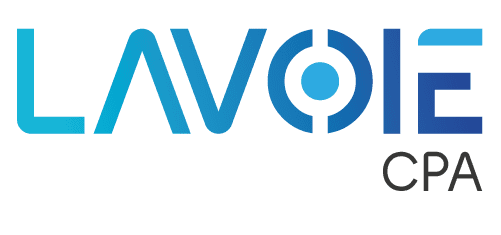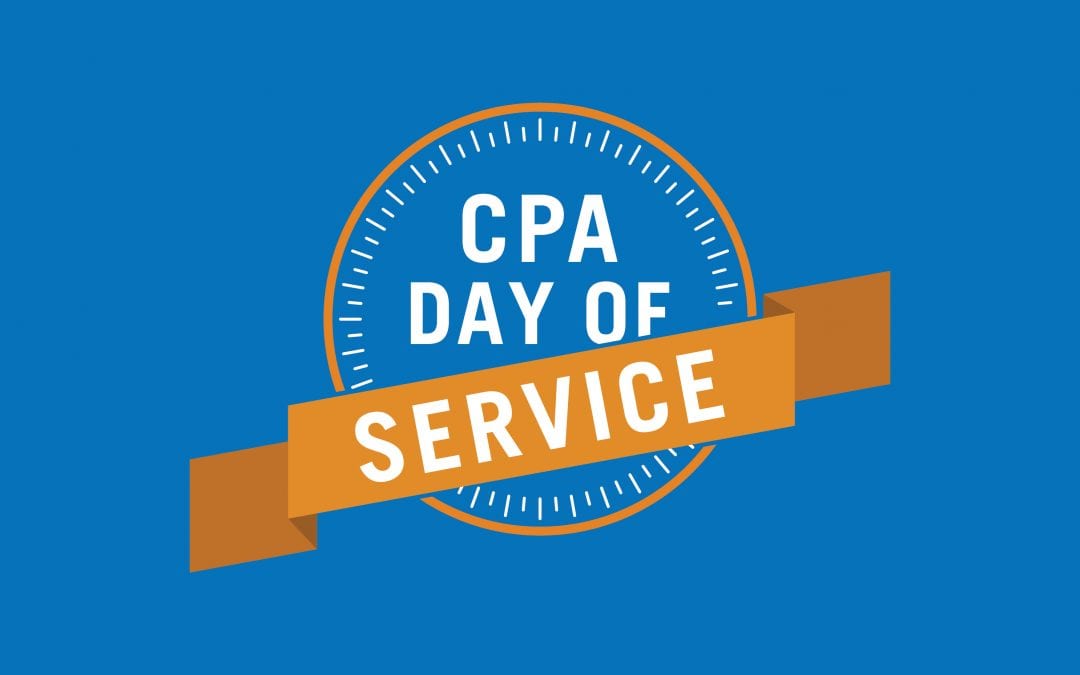
5 Myths around Outsourcing Finance Functions
Outsourced Accounting or Accounting as a Service (AaaS) providers can be the catalyst to take your organization to the next level. For some SMBs, accounting is not looked at as a strategic function of the organization, but it should be. It also shouldn’t take focus away from growing your core business. Lots of SMBs don’t consider Outsourcing. Here are 5 main reasons why.
1) They think it is too expensive
By using Accounting as a Service, you have access to shared service center. Providers have put a lot of investment, thought, and execution into their model and have staffed accordingly. With an AaaS provider you now have access to a full accounting department that often is less expensive than one full-time FTE. This doesn’t even figure in technology costs that come with the service.
2) It is the same as bookkeeping services
Bookkeepers are responsible for recording daily financial transactions. Controllers are responsible for financial reporting, internal financial audit and internal controls. Outsourced CFOs are responsible for financial planning, financial data analysis and strategic planning. By relying only upon a bookkeeper you are stuck looking in the past and cannot see into the future to effectively make critical decisions for your business. AaaS providers ensure daily transactions are done correctly but also greatly reduce risks and provide necessary forward-thinking strategy to help growth your business.
3) We can just do the same in-house
For most SMBs it is hard to justify the expense of having a bookkeeper, controller, VP of finance and CFO. All positions have importance. You don’t want to pay a senior level person to do daily transactions and you definitely don’t want to ask an entry level person to manage financial risks.
4) We cannot have any finance staff in-house
Often AaaS providers work with internal staff to fill voids. Yes, providers can function as the entire finance department but often work with existing staff to help maximize their production.
5) We have more control and stability by utilizing in-house staff
Employees turnover and training are always on the minds of companies. If you don’t have a defined professional develop plan for each employee, you are at risk of losing your top talent to other opportunities. By using an AaaS provider you eliminate the risk of employee turnover. You also will not miss a beat when people people are out sick, on vacation, or on leave.
What do I get with an AaaS?
- Enterprise software platform (workflow, automation, dashboards etc)
- Vendors paid on-time
- Customers billed on-time and accurately
- Employee expenses captured and reimbursed
- Cash transactions reconciled
- Timely payables collection
- Accounts analyzed and reconciled on an ongoing basis
- Financial and management reports delivered on-time and accurately
- Scalability and rapid deployment, when needed
- Regulatory compliance delivered
- Audit ready
- A finance and accounting function that is STRATEGIC



